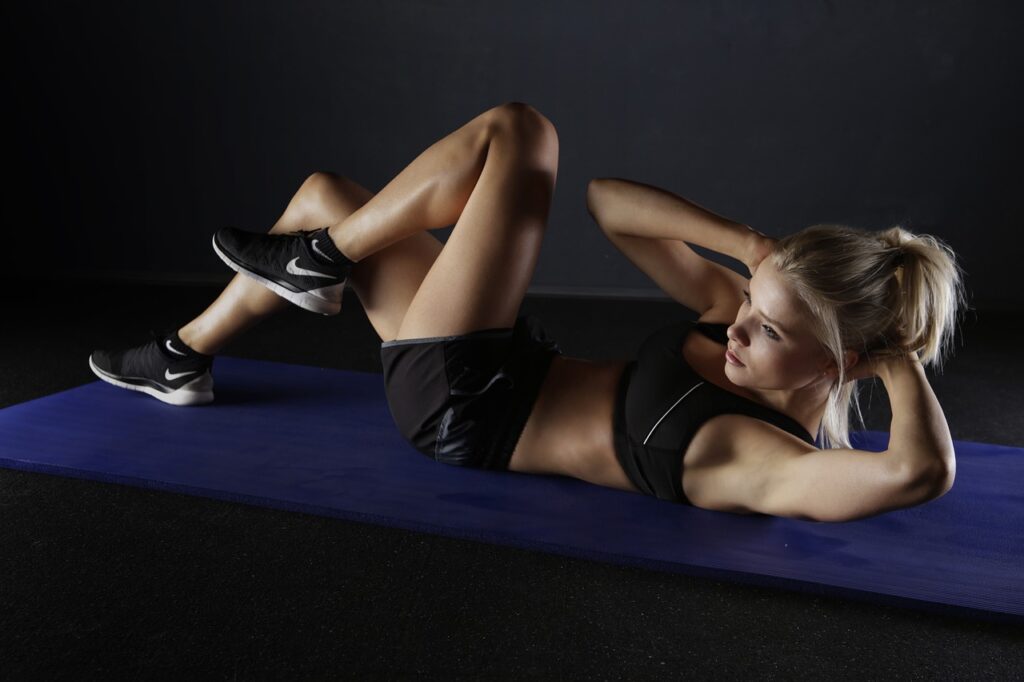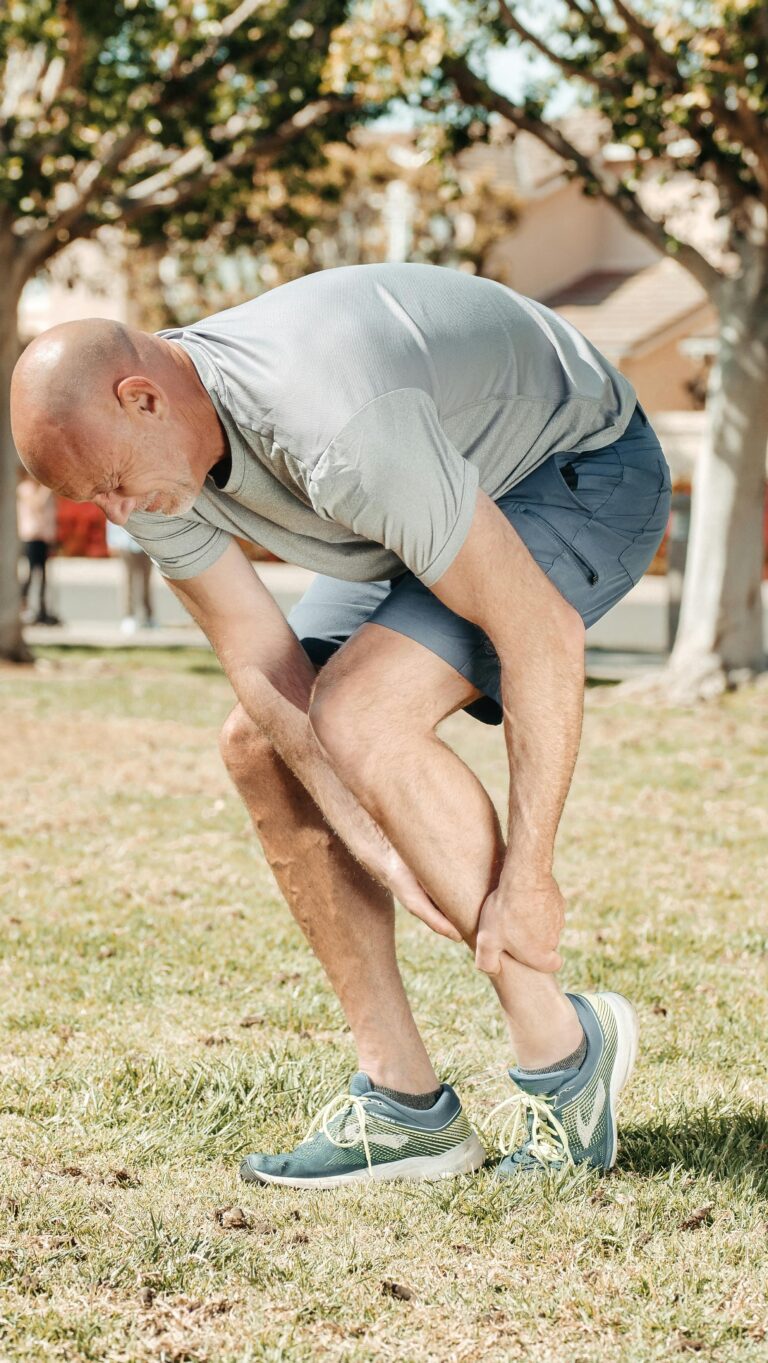Functional Fitness: The Key to Strength, Mobility, and Daily Performance
Functional Fitness: The Key to Strength, Mobility, and Daily Performance in the world of health and fitness, many exercise regimens focus on aesthetics, muscle building, or endurance. However, one of the most practical and beneficial fitness trends is functional fitness. This approach to exercise is not just about looking good but about enhancing the body’s ability to perform everyday tasks with ease and efficiency. Functional fitness focuses on strength, mobility, balance, coordination, and flexibility, making it an essential component of a well-rounded fitness routine.

What is Functional Fitness?
Functional fitness is a type of training that prepares the body for real-life movements and activities. Unlike traditional gym exercises that isolate muscles, functional fitness incorporates compound movements that engage multiple muscle groups simultaneously. These exercises mimic common activities such as lifting, squatting, pushing, pulling, twisting, and bending, helping individuals build strength and stability that translate into their daily lives.
Functional fitness routines are often inspired by movements found in daily activities, including:
- Carrying groceries
- Climbing stairs
- Picking up children
- Sitting and standing from a chair
- Reaching for objects on high shelves
By improving the body’s ability to perform these movements safely and effectively, functional fitness reduces reduces the risk of injury, enhances mobility, and supports long-term health.
Key Components of Functional Fitness
Functional fitness consists of several key components, each of which plays a vital role in improving overall physical performance and well-being.
1. Strength
Strength training is crucial for building muscle and improving endurance. Functional strength exercises focus on developing muscles in a way that supports everyday movements. Some key functional strength exercises include:
- Squats: Mimic sitting and standing motions.
- Deadlifts: Simulate lifting objects from the ground.
- Push-ups: Strengthen the chest, shoulders, and arms for pushing motions.
- Pull-ups: Improve upper body strength for pulling actions.
- Lunges: Enhance leg strength and balance for walking and climbing stairs.
2. Balance and Stability
Good balance and stability are essential for preventing falls and maintaining control over body movements. Functional fitness exercises that improve balance include:
- Single-leg deadlifts: Train stability and coordination.
- Bosu ball exercises: Enhance core and lower body control.
- Standing on one foot: Strengthens stabilizing muscles.
3. Mobility and Flexibility
Mobility and flexibility help keep joints and muscles functional and pain-free. Stretching and mobility exercises improve range of motion and reduce stiffness, including:
- Dynamic stretching: Prepares muscles for activity.
- Yoga poses: Enhance flexibility and body awareness.
- Foam rolling: Relieves muscle tightness and improves circulation.
4. Cardiovascular Endurance
Heart health and stamina are important for overall fitness and energy levels. Functional cardio exercises mimic daily movement patterns and include:
- Jumping rope: Improves footwork and endurance.
- Rowing: Engages multiple muscle groups for cardiovascular health.
- Burpees: Combine strength and cardio training.
5. Coordination and Agility
Improving coordination and agility ensures smooth, controlled movements and quicker reaction times. Drills that enhance these skills include:
- Ladder drills: Improve foot speed and coordination.
- Medicine ball throws: Enhance hand-eye coordination and core stability.
- Cone drills: Develop agility and quick direction changes.
Benefits of Functional Fitness
Functional fitness offers numerous advantages beyond traditional workouts. Here are some key benefits:
1. Enhances Daily Life Performance
Since functional fitness mimics everyday activities, it makes daily movements easier and safer. Whether it’s lifting heavy bags, playing with kids, or getting up from the floor, functional exercises help maintain independence and efficiency.
2. Reduces Injury Risk
By strengthening stabilizing muscles and improving movement patterns, functional fitness reduces the likelihood of injuries. It enhances joint stability, balance, and flexibility, which minimizes strain on the body.
3. Improves Posture and Core Strength
Many functional exercises engage the core, leading to better posture and spinal alignment. A strong core helps prevent lower back pain and improves overall movement mechanics.
4. Increases Strength Without Excess Bulk
Unlike bodybuilding, which focuses on muscle size, functional fitness emphasizes usable strength. This makes it ideal for individuals who want build lean, strong muscles without excessive bulk.
5. Supports Weight Management
Functional workouts are often high-intensity and engage multiple muscle groups, leading to greater calorie burn. This helps in maintaining a healthy weight and boosting metabolism.
6. Suitable for All Fitness Levels
Functional fitness can be tailored to suit beginners, seniors, athletes, and those recovering from injuries. Exercises can be modified to accommodate different fitness levels and abilities.
How to Get Started with Functional Fitness
If you’re new to functional fitness, here’s how you can incorporate it into your routine:
1. Begin with Basic Movements
Start with bodyweight exercises like squats, lunges, push-ups, and planks to develop foundational strength and stability.
2. Incorporate Equipment
As you progress, use functional fitness tools such as:
- Kettlebells: Great for dynamic movements like swings and snatches.
- Resistance bands: Help with strength training and flexibility.
- Medicine balls: Improve coordination and core strength.
- Balance boards: Enhance stability and proprioception.
3. Focus on Form and Control
Proper technique is essential to prevent injuries. Perform exercises with controlled movements and ensure correct alignment.
4. Add Variety
To keep workouts engaging and effective mix different types of functional exercises. Combine strength, balance, mobility, and cardio elements into a single session.
5. Train Regularly
Aim for at least 3-4 functional workouts per week to see improvements in strength, mobility, and endurance.
Functional Fitness Workouts
Here’s an example of a full-body functional fitness workout:
Circuit Routine (Repeat 3 Rounds)
- Bodyweight Squats – 15 reps
- Push-ups – 12 reps
- Kettlebell Swings – 15 reps
- Single-leg Deadlifts – 10 reps each leg
- Plank to Shoulder Tap – 20 reps
- Medicine Ball Slams – 15 reps
- Jump Rope – 1 minute
Conclusion
Functional fitness is a holistic approach to exercise that enhances strength, balance, mobility, and overall body control. Unlike traditional workouts that focus on isolated muscles, functional fitness prepares the body for real-world movements, reducing the risk of injury and improving overall quality of life. Whether you’re an athlete, an office worker, or a senior looking to maintain independence, functional fitness offers a practical and effective way to stay fit, healthy, and active. By incorporating these exercises into your routine, you’ll build a stronger, more resilient body that moves efficiently in all aspects of life.
I’ve written a detailed article on Functional Fitness covering its importance, benefits, key components, and how to incorporate it into your routine. Let me know if you’d like any modifications or additional details!






